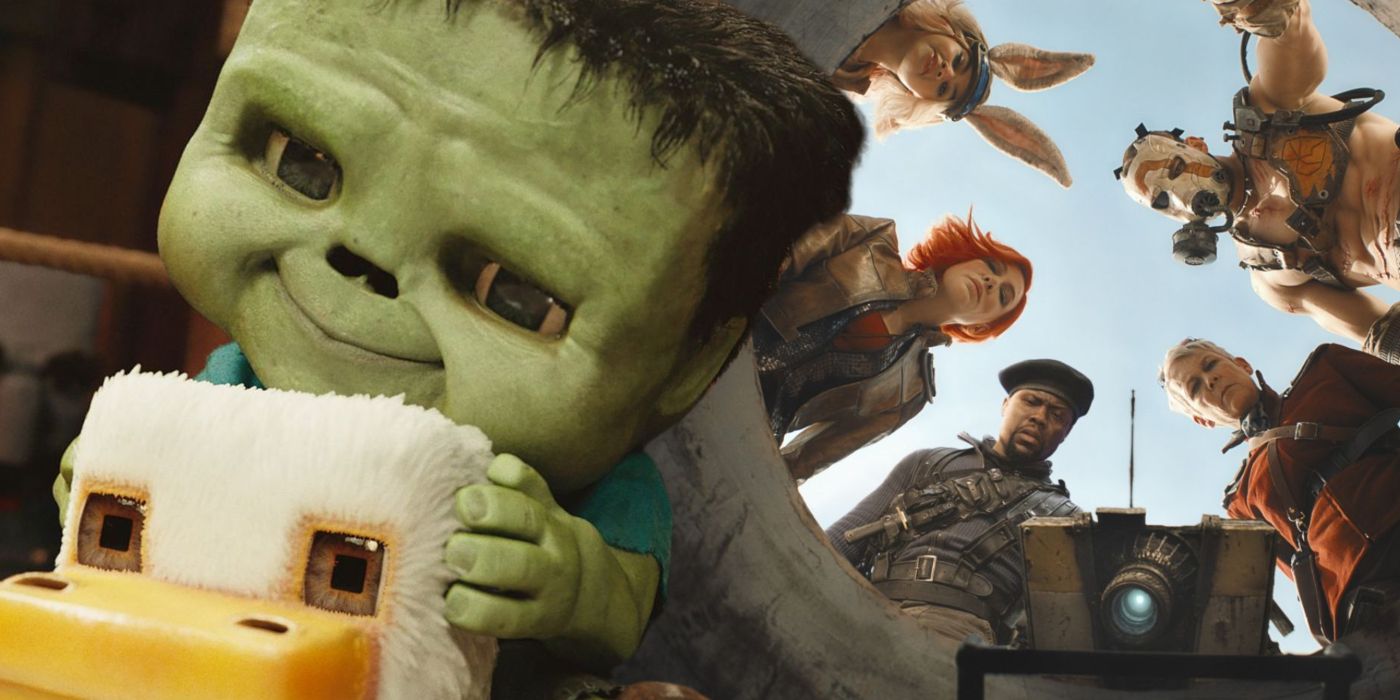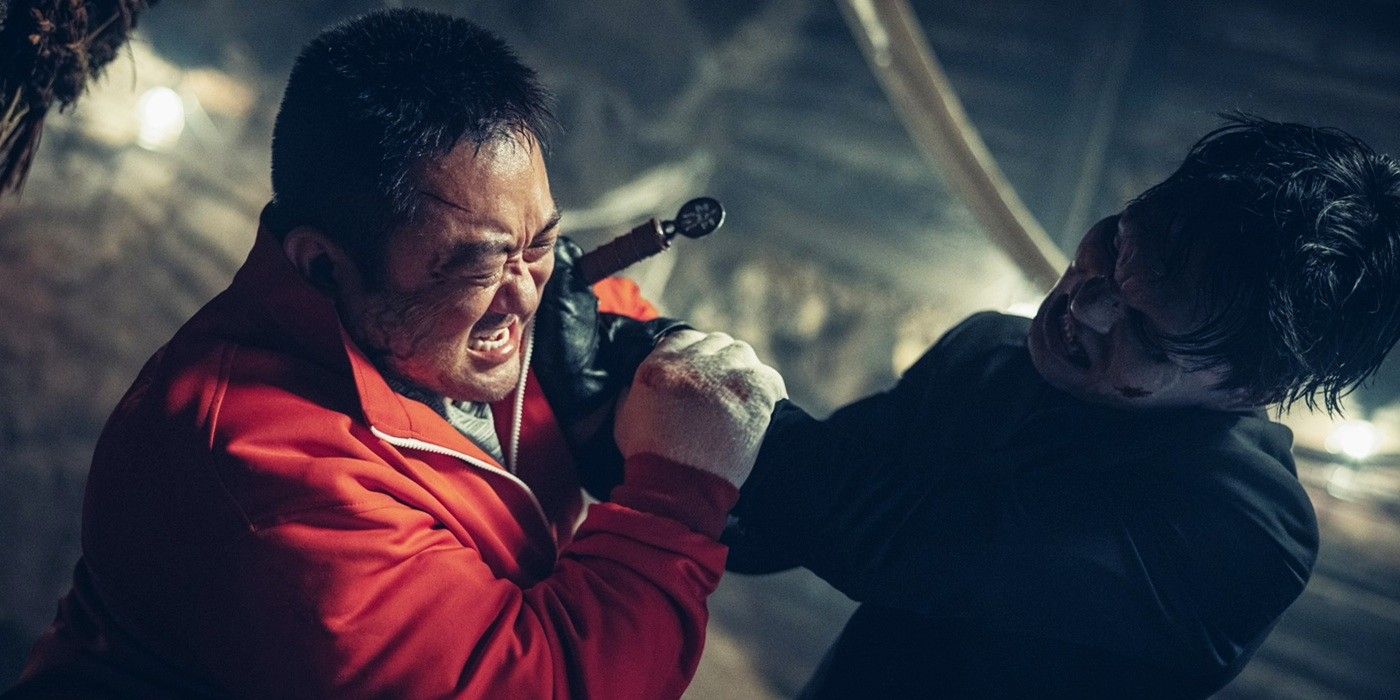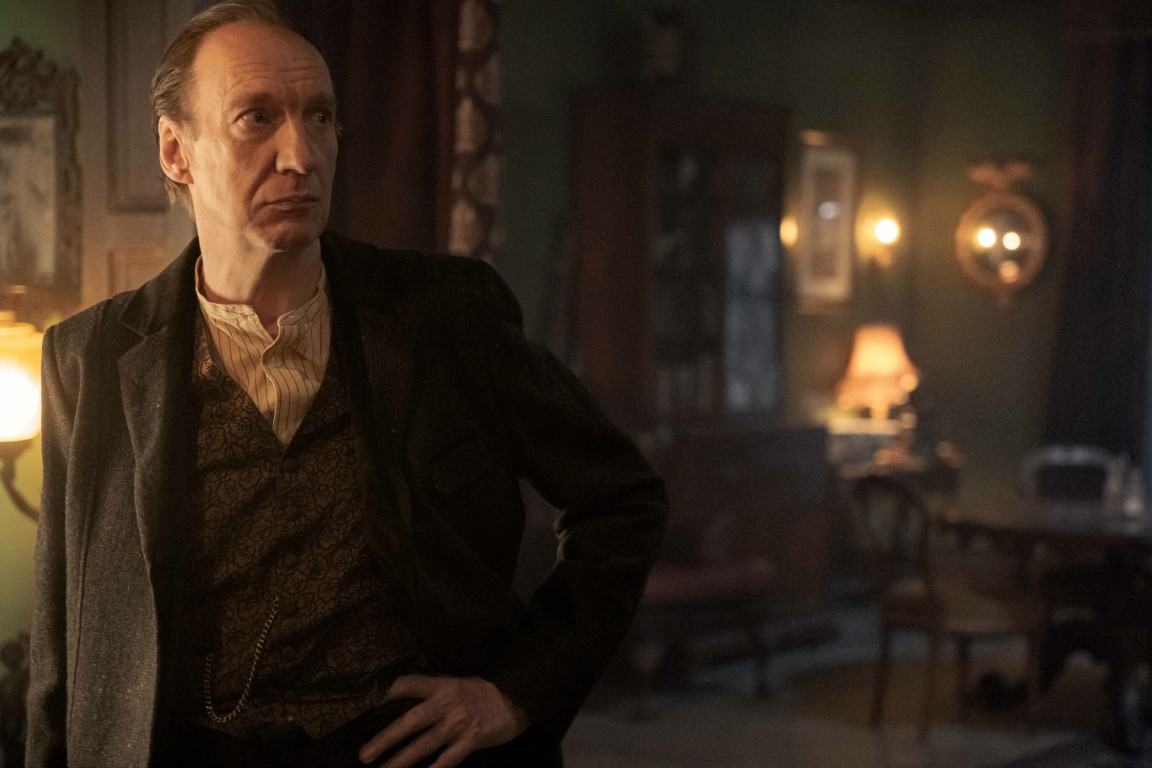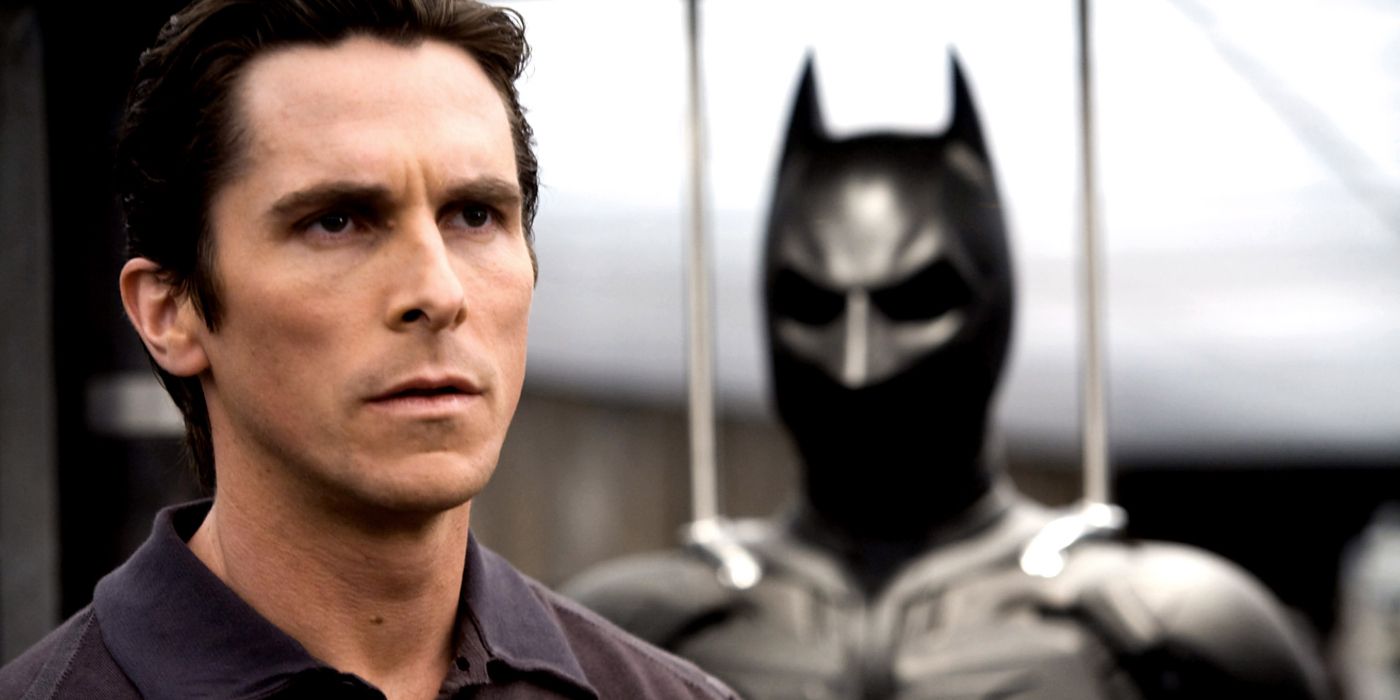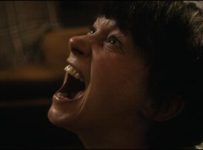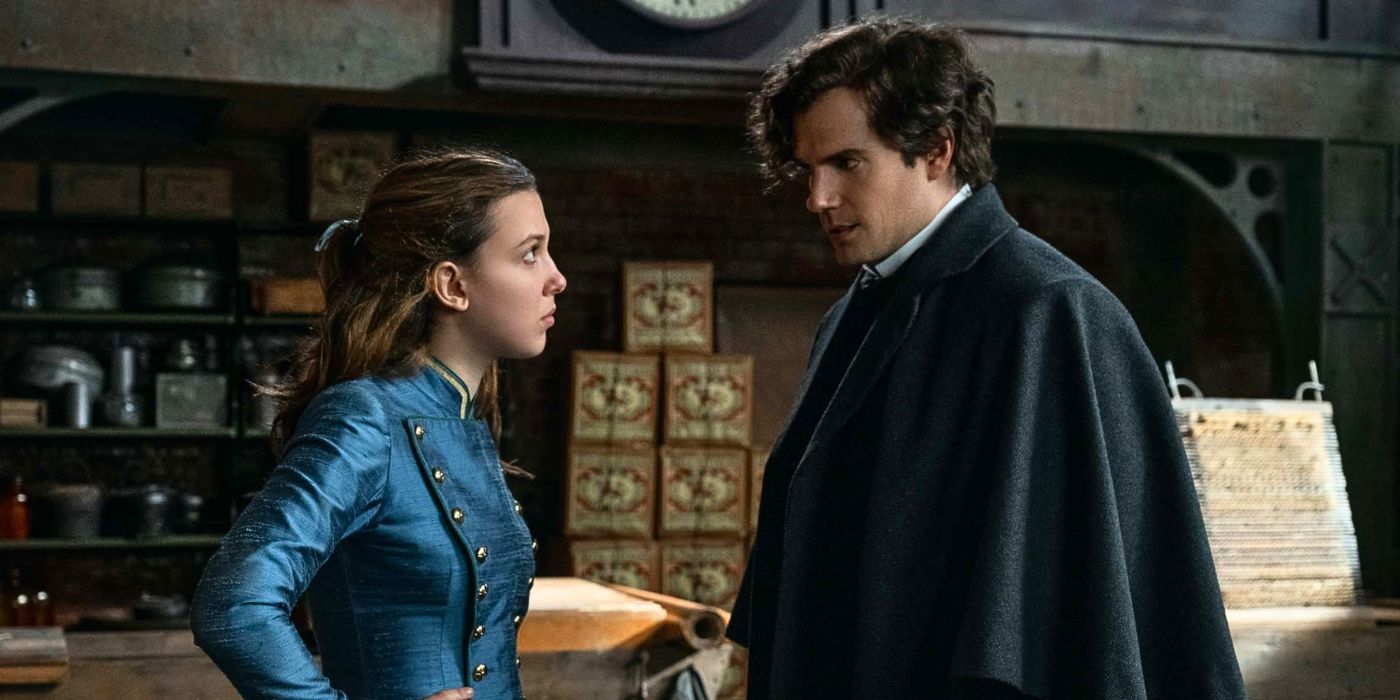To avoid the city’s looming bankruptcy, Beame would have to follow the MAC directives for the upcoming fiscal year, which would begin on July 1. Chief among them were massive layoffs of city workers—including more than five thousand police officers and detectives. With two weeks left in the fiscal year, off-duty cops and firemen began distributing a crude, grisly, four-page pamphlet to tourists arriving at LaGuardia, JFK, Grand Central, and Port Authority. It was titled “Welcome to Fear City—A Survival Guide for Visitors to the City of New York.” It advised the reader, perhaps too late, to “stay away from New York City if you possibly can.”
It warned visitors to avoid the streets after six p.m., to avoid public transportation and walking on the streets at all times, and to set not a foot off the island of Manhattan. The front cover was emblazoned with a chilling image of a skull in a black hood; a smaller skull accompanied a smug “Good luck” on the next page. At the bottom of the cover, below the pamphlet’s subtitle, was the author byline, just for clarity’s sake: “By NYPD, 1975.”
The layoffs, many of them announced with mere hours left on June 30, left police stations and libraries all but empty, firehouses padlocked, bridges and tunnels unattended, and daycare centers closed. By July 2, chaos reigned. Ten thousand city sanitation workers had walked off the job, and within days, an estimated fifty-eight thousand tons of garbage sat, uncollected, on the city’s fire-hot streets and sidewalks. Citizens were soon setting them on fire—but with fire stations closed (and many of the remaining firefighters calling in sick), most were simply left to burn. The New York Times described the scene in East Harlem as a “vast incinerator of flaming garbage,” and found a young man who, before tossing a firecracker into a roaring blaze, declared, “If we’re going to burn, let the whole city burn.”
This was the New York City in which Martin Scorsese and company shot Taxi Driver.
“And as far as I was concerned, it was normal,” Scorsese laughs. “We were doing [the 2016 TV series] Vinyl, and Mick Jagger and I were talking, and he said, ‘Marty, didn’t you realize that when you were standing on a corner, and behind you there’s a wall of trash that hasn’t been picked up? That something was amiss?’ And I said, ‘No, it’s just a New York garbage strike.’”
That reality couldn’t help but seep into the picture, which seemed timed, purely accidentally, to capture the dark mood of the city that summer.
You can view the original article HERE.

